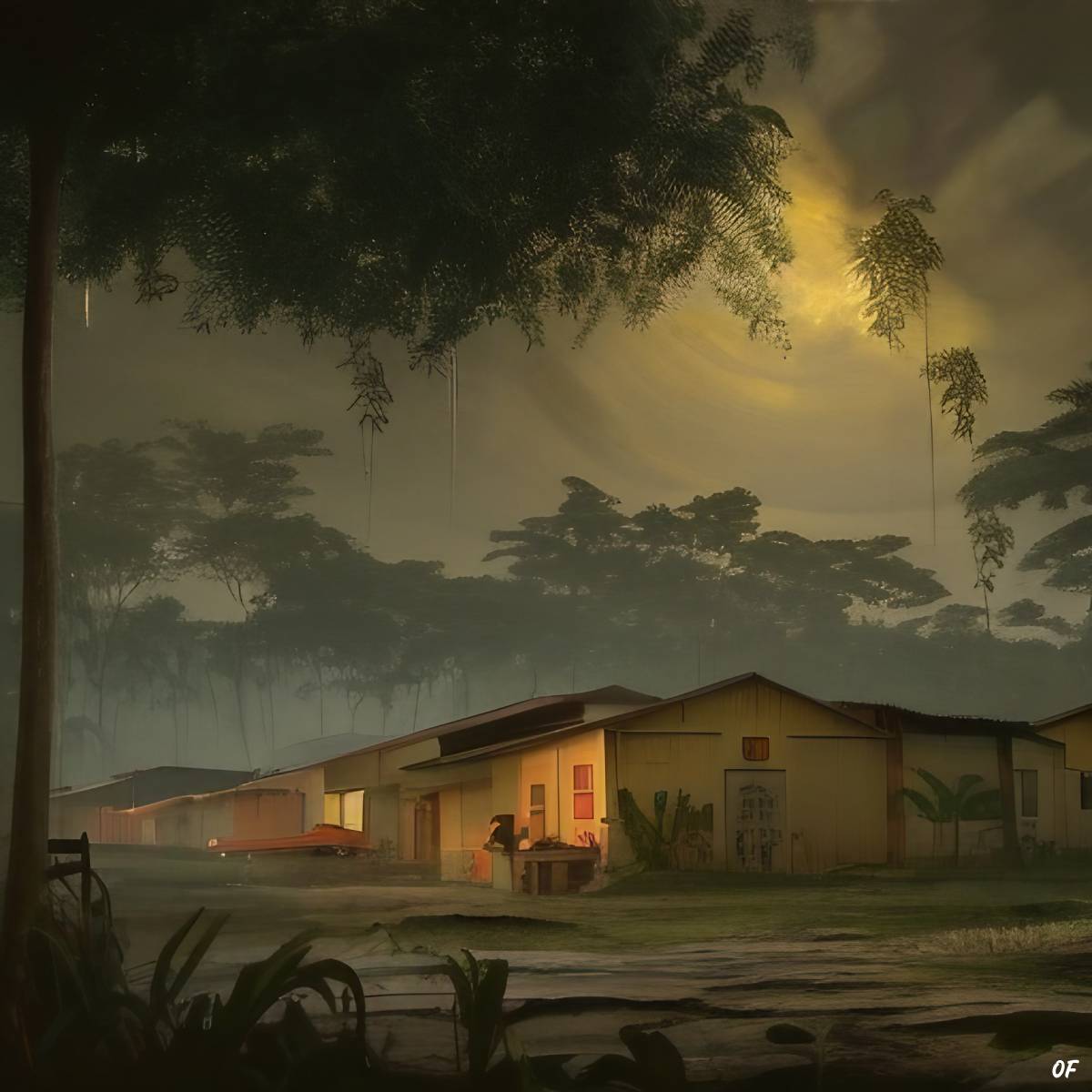Many people have tried to artificially create and orchestrate Utopian societies through planned construction and arbitrary social rules. One of the best examples of this type of experimentation is Fordlandia, a city built in the Amazon jungle by Henry Ford, the founder of the Ford Motor Company and the man behind the assembly line.
He dreamed of creating a self-sufficient city that financed itself by extracting latex from rubber trees to make tires for Ford cars. But more than that, Ford’s plan was for the city to run on his personal principles, which included abstinence from alcohol, vegetarianism, and a fondness for gardening.
Henry Ford’s attempts to impose industrialism on the Amazon jungle and his moral code on his employees and their families meant that Fordlandia was a disaster waiting to happen.
Why did Henry Ford create Fordlandia?
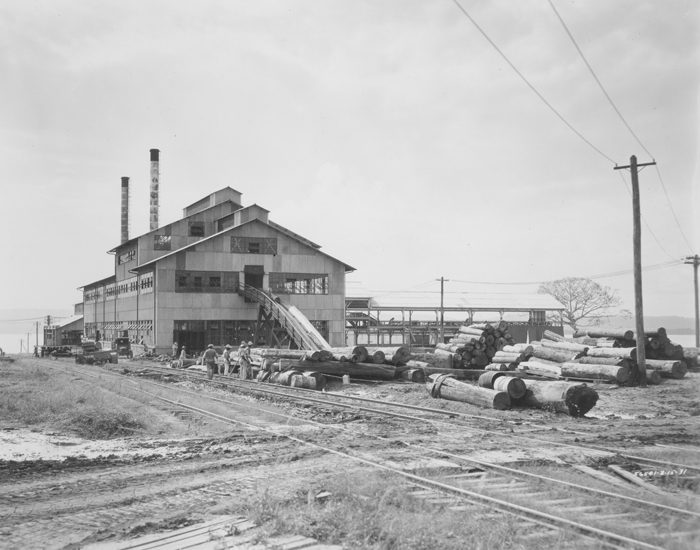
In the early 20th century, Henry Ford, the founder of the Ford Motor Company, was considered a bit of a visionary. Like Steve Jobs in the early 21st century, people believed that the Ford car maker knew what the future needed and that everything he touched turned to gold.
Henry Ford had already revolutionized the car manufacturing industry in the early 20th century by introducing the assembly line. This allowed Ford to produce cars, like the Ford Model T, faster and more economically than all his competitors. And this was despite the fact that Ford voluntarily decided to pay the workers in his Dearborn, Michigan facilities a “living wage” of $5 a day, equivalent to about $140 a day in 2022.
This decision reflected the aspirations of Henry Ford beyond car manufacturing. He believed that a man like himself had the ability and the responsibility to “civilize” others and “manufacture men.” In Detroit, he did this through his living wage and decent working hours, which were unusual then. He also invested in things like a local newspaper, the Dearborn Independent, which promulgated many of Ford’s views within the local community, including anti-Semitic rhetoric.
While things were going well for Henry Ford then, by the early 1920s, he had two challenges on his hands.
First, the British had cornered the latex market that provided the rubber for car tires. Making car tires was getting increasingly expensive, and Ford wanted to gain control over this essential link in his supply chain.
Second, he had hatched a plan to build a Utopian manufacturing city in northern Alabama. His hope was to create a self-sustaining city by damming the Tennessee River, but it became apparent that federal regulations prohibited him from implementing that dream within the United States.
Amazonian rubber trees
These two problems led Henry Ford to turn his attention to South America, specifically the Amazon jungle, where rubber trees grew natively.
In the late 19th century, the rubber industry boomed in the Amazon as new technologies required the material. Locals could make a good living by spending a portion of the year tapping natively growing rubber trees and then subsistence farming the rest of the year. Some “Latex Lords” had emerged by basically enslaving indigenous people to cultivate rubber, which they would then sell on the international market. But the wild and untamed nature of the Amazon rainforest meant that expanding to industrial production was extremely challenging.
In response to this, the British explorer Henry Wickham stole tens of thousands of rubber plants from Brazil in 1876. He transported over 1,000 pounds of seedlings to England by ship. From there, he sent the seedlings to other tropical destinations, such as Sri Lanka, Malaysia, and Indonesia, where the colonial power already had the infrastructure for industrial capitalism. Moreover, the native parasites of rubber trees living in the Amazon were absent here, so the trees could be planted in tight rows without fear of leaf blight. The rubber trees planted there thrived.
But Henry Ford thought that his experience in the car manufacturing industry meant he had the skills and the know-how to tackle the challenge of intensifying rubber production in the Amazon. He also saw the opportunity to build a city for his workers there and further his dream of creating a Utopian city. Thus, the idea for Fordlandia was born.
Establishing Fordlandia
With these ideas in mind, in 1927, Henry Ford sent some representatives to Brazil to find a site for Fordlandia. While his financial advisors told Ford that it would be more financially viable just to buy the rubber from local producers, Ford was insistent on his approach.
Eventually, his representatives negotiated with the Brazilian government of the state of Para to take possession of 5,625 square miles of land on the Tapajós River, a tributary of the Amazon. It was located roughly halfway between Manaus and Belem in Brazil, and Ford would be free to govern the land as a separate state.

Workers were dispatched to the site, which was christened Fordlandia, in 1927. But the chosen land was on high ground inland from the river to protect it from flooding, which meant that transport boats could only access the site during the wet season. The first workers grew to a state of near revolt as they waited, isolated, with a rotting and dwindling food supply.
Reprovisioning started in earnest in 1928, and construction started in 1929 under the direction of the Norwegian-born first manager of Fordlandia, Einar Oxholm. He was responsible for implementing the city plans laid out by Henry Ford—these involved segregated living districts for American and local workers. The American Quarter was known as Vila Americana; it had the best houses and was the only part of the city with running water. Those living in the local district were expected to use well water.
Oxholm also laid the groundwork for modern hospitals and schools, a power plant for the city, a sawmill, and the water tower with the Ford logo that would become the landmark of Fordlandia, much like church spires were often the landmark of a city.
Ford charged Oxholm with establishing social rules that all workers in the city, American and Brazilian, would be required to follow. Included in these rules was the prohibition of alcohol in the city, which proved very difficult to regulate.
The need to impose all of Henry Ford’s social rules was the main reason Fordlandia went through several Ford Motor managers during the first two years.
Challenges in Fordlandia
Fordlandia faced many challenges in its initial years, on both industrial and the social fronts.
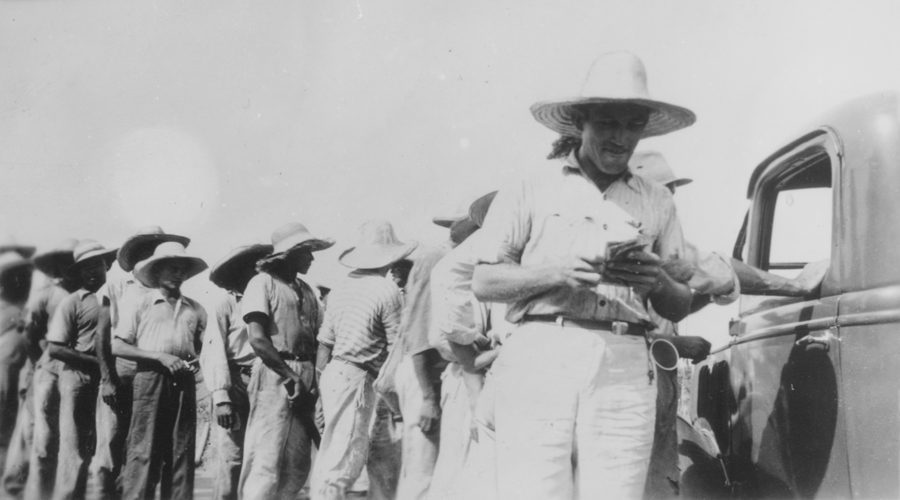
Socially, there were many disputes between workers—especially the local workers—and the managers that tried to enforce the new rules of Fordlandia. The Brazilian workers were very reluctant to accept the social conditions laid out by Henry Ford.
Henry Ford was infamously teetotal, which is why he wanted to restrict the consumption of alcohol in Fordlandia. But this just led to discontent among the workers, and a bar and brothel known as the Island of Innocence was established on a nearby island.
Henry Ford’s rules were much more intrusive than just prohibition. He felt he had a good idea of the kind of entertainment appropriate for good men. He made sure that the houses of his American Ford workers were equipped with a swimming pool and had access to a golf course. Ford also encouraged all of his workers to take up gardening as a therapeutic past-time. He created a cultural center in Fordlandia that showed the latest Hollywood movies, but only those Henry Ford approved. He also organized social nights with activities, such as square dancing, which Henry Ford loved, but restricted other types of entertainment.
Ford paid his Brazilian laborer’s high wages, which had proved to be an effective strategy in the United States. It did not have the same effect of creating loyalty among the local Brazilian workers, where there was no consumer culture and little to buy. This meant that workers would stay in Fordlandia for a number of weeks or months, save their excellent wages, and then return to their subsistence farms in the jungle. They might have shown up again the following year but were just as likely not to. This was a cause of great frustration for the managers who struggled to get all the hands they needed.
A vegetarian, Ford even had ideas about what his workers should eat. He promised his workers healthy meals: brown rice, whole wheat bread, canned peaches, and oatmeal. This left most workers very unsatisfied.
In 1930, the final straw seemed to have been when the food service in Fordlandia was changed from table service to a self-service cafeteria. This triggered a major argument between manager Kaj Ostenfeld and brick mason Manuel Caetano. In the end, the workers rallied behind Caetano and vandalized the city, destroying important equipment and homes.
The revolt was only put down after some Brazilian military personnel were flown in by Pan Am to take control. They then assisted the new manager, Archibald Johnson, with taking things forward, such as paving roads and creating access roads to the area designated for the rubber plantation.
Henry Ford’s rubber plantation
While Henry Ford’s social experiment in Fordlandia faced many challenges, his rubber plantation was doing no better.
Before the Ford company could plant its trees, it had to clear away the Brazilian jungle. This proved more time-consuming than expected. In addition, Henry Ford had been hoping to sell the harvested wood as a source of income until Fordlandia could start producing rubber. There proved to be no market for the type of wood they logged.
When it was time to start planting, the Fordlandia team planted their trees close together in the same style as the plantations in Sri Lanka. But this was not effective in Brazil, where the native parasites of the rubber tree thrive. Planting the trees close together gave parasites and leaf blight more room to thrive, allowing them to infect most of the area surrounding Fordlandia designated for planting.
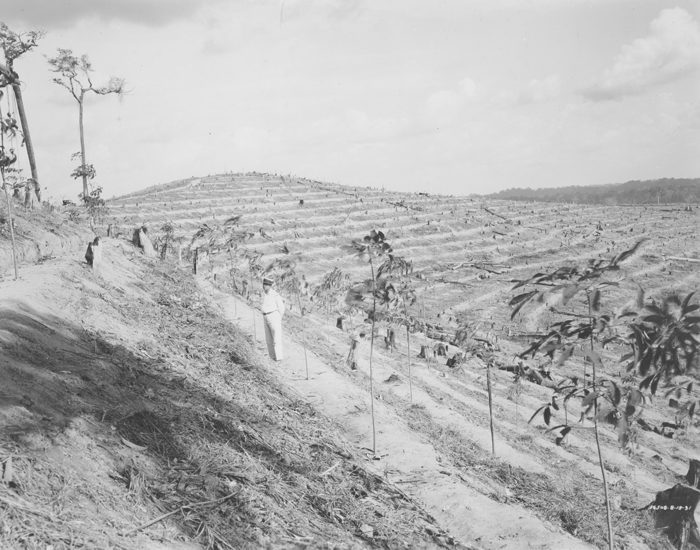
In 1936 as a response to this dilemma, expert botanist James R. Weir was called in. With their expertise in the motor industry, the Ford managers found Weir’s extravagant cultivation methods unacceptable and did not follow many of his suggestions. They were particularly incensed when he demanded the creation of a second settlement, which was to be called Belterra.
The conflict between Weir and the managers caused Weir to leave Fordlandia after a year, without telling anyone he didn’t intend to return.
As a result of the numerous instances of mismanagement, not a single ounce of rubber from Fordlandia ever made its way into the tire of a Ford car.
The end of Fordlandia
Despite the constant problems faced by Fordlandia, Henry Ford continued to pour money into his northern Brazil project. Ford simply didn’t trust the experts who told him his plan would fail. He thought that their claims about the inability to create rubber plantations in the Amazon were overblown and that he would be able to figure it out on the ground. He also trusted in his own opinions about social engineering. He was proven wrong on both counts.
Perhaps Ford could have worked his Midas touch on Fordlandia if he had been there, but despite his commitment to the project, Henry Ford never actually visited himself.
In the 1940s, Ford’s focus was drawn away from Fordlandia as he became heavily involved in the war effort. He did, however, allow the American military to station themselves in Fordlandia.
By the war’s end, he was suffering from ill health and placed the Ford Company in the hands of his grandson, Henry Ford II. The first thing his successor did was sell off failing assets, and Fordlandia was one of the first items on the list. The land in the Amazon basin and everything on it was sold back to the Brazilian government for much less than Ford had invested. American workers went home, and Brazilian workers gravitated away. They dismantled everything and took most of the items of value with them. Fordlandia became Henry Ford’s forgotten jungle city.
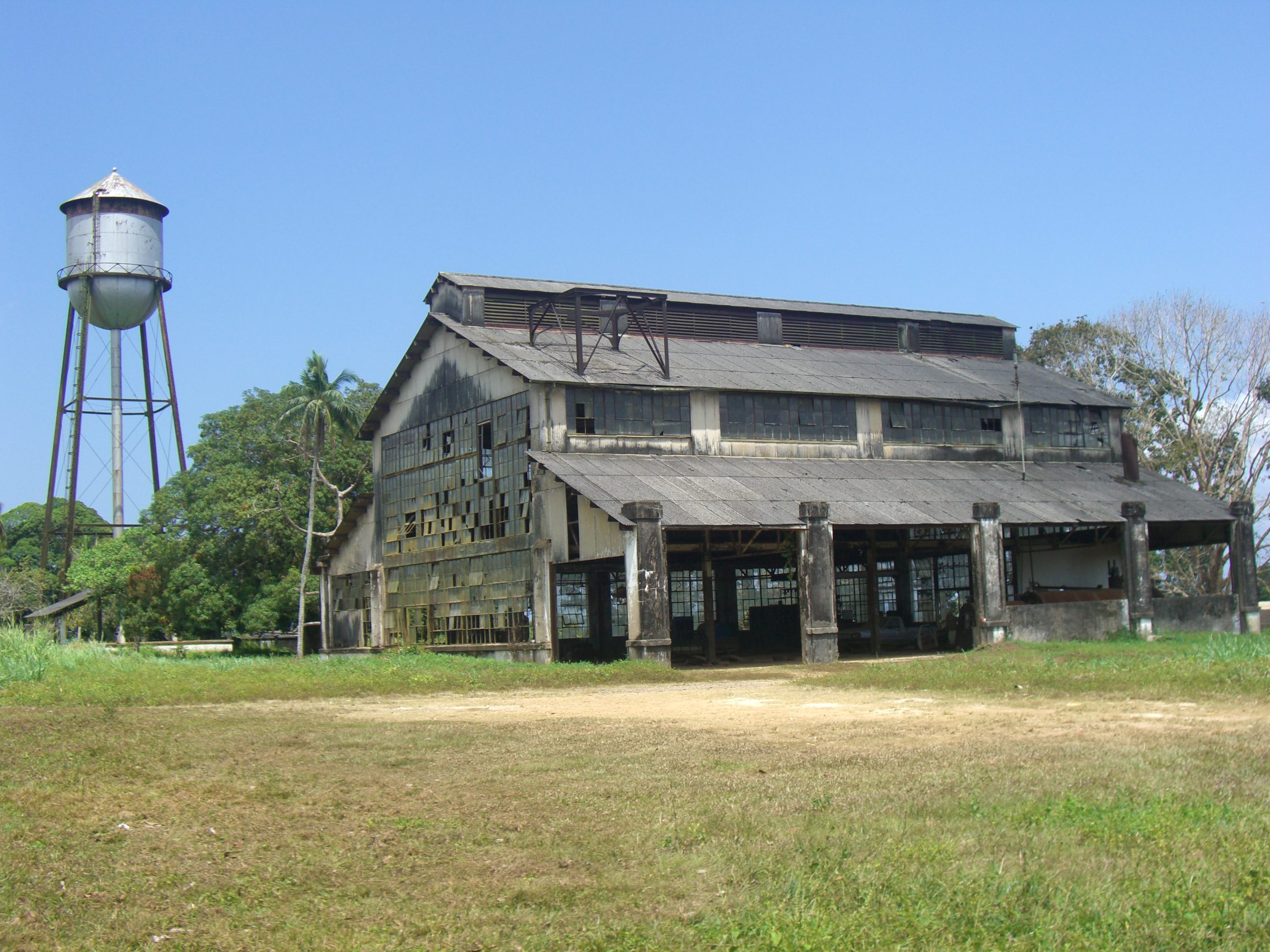
Was Henry Ford doomed to fail?
Was Henry Ford’s Fordlandia project doomed to fail? While Ford was clearly a brilliant industrialist and manufacturer of cars, he had no experience with major agricultural projects, especially in a place as wild as the Amazon rainforest. He didn’t listen to advisors and never laid eyes on the land or its many problems. For these reasons, it’s safe to say that he set himself up for failure.
Ford was very sure of his ideas about social engineering and believed they could be applied universally. This proved not to be the case in the Brazilian Amazon. He did not adapt any of his ideas to the local setting. In the north of Brazil, workers were accustomed to arriving very early in the morning, resting during the hottest part of the day, and returning late in the afternoon, but Ford insisted on the 9-5 work day he used in the United States. Brazil was not Michigan, but he could not stop treating it like it was.
Consequently, Fordlandia will always be known as Henry Ford’s greatest failure, one you can still see today, where his water tower stands as a time-faded memory.

